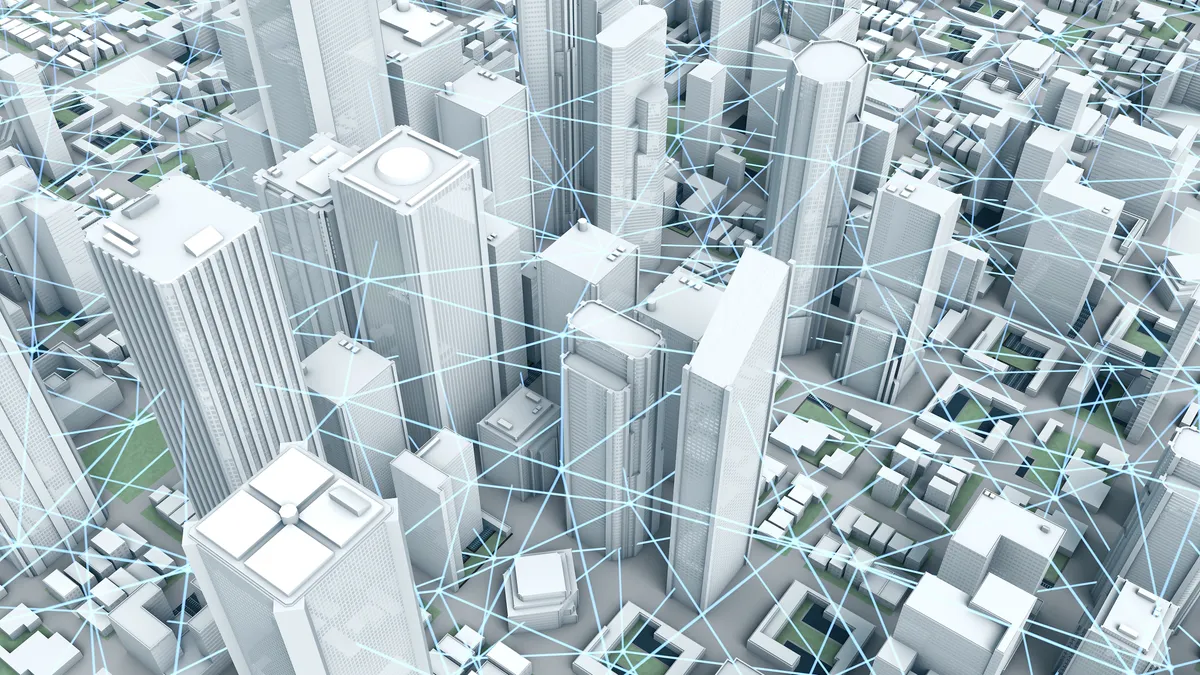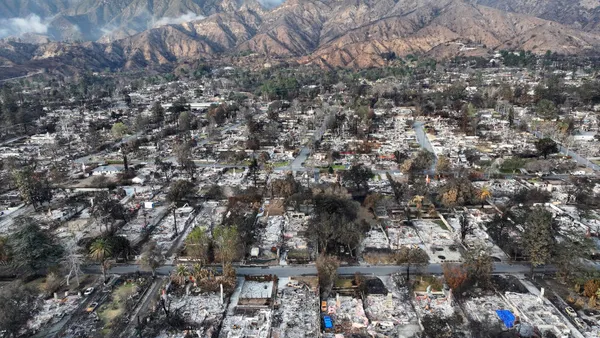Editor's Note: The following is a guest post from Lilian Coral, director for national strategy and technology innovation at the Knight Foundation.
Every day you generate data, whether you’re talking on your phone, driving your car or tracking your workouts with wearable technology. But what happens with that information?
The data we generate is widely used to advance products or develop new algorithms that drive our daily lives. And often, some of this data is accessible to the general public.
Now, imagine what communities could do with all of this information: We could understand the lives of residents, fix common problems and help build more equitable and inclusive services. Utilized well and with clear privacy principles, data could help local governments effectively tackle major community issues, such as food shortages or the spread of COVID-19.
Even though we have lots of "open" data at our hands, it takes advanced degrees and years of experience to put this information to use. That hurdle alone means massive amounts of data are underutilized, and some local approaches to building smart cities haven’t fully met the needs of residents.
Community residents best understand local challenges and are best equipped to identify appropriate solutions. One such example emerged from Taiwan during the early stages of the COVID-19 outbreak. Instead of tracking residents, the government verified and collated data on where symptomatic people were located, allowing residents to download their smartphone location history to determine if they may have been exposed. That way, they could get tested or start community-led efforts to share masks and other protective tools.
Data-driven projects that are led by community members and meet residents where they are can have a tremendous community impact. As we’ve funded projects focused on utilizing data in the civic technology realm, we’ve learned a few key lessons:
1. We need to meet people where they are
It’s important to reach residents on the platforms or mediums they use to access information, and in ways that help them understand actionable insights from data. We already know a lot about consumer behavior on the internet. Now’s the time to apply that knowledge to civic participation.
2. It’s important to invest in solutions that build trust in data
An increase in data hasn’t generally resulted in a greater sense of trust or certainty about what’s happening in the world. In fact, as access to more information on the internet has increased, the public’s trust in information has decreased. This has been compounded by increased data breaches of private information and the use of individual’s information online to target misinformation campaigns.
Solutions that work with residents to collect, validate and analyze data, can help build new models of trust to improve public perception of data and civic institutions.
3. Data can increase our understanding of community sentiment
By investing in solutions that help cities understand how residents truly feel, we can help build systems that apply public data to city design and services. Communities can also work to build data about resident perceptions, leverage it through varying initiatives and show changes in community perceptions over time.
4. Immersive technologies can help us understand data
Great strides have been made to rethink how data is visualized. The move towards mapping data and using dashboards in the COVID-19 response is one example. But a knowledge gap still exists in understanding and knowing how to act on information.
Immersive technologies like augmented reality which merge the physical and digital world, provide promise in that they let the individual visualize data within the context of a community. This can help users think critically about data points, their meaning in place, and solutions to issues.
These are the ideas and solutions that can engender greater engagement and better problem-solving in cities. Although we know these projects will have tremendous impact in their communities, there’s still much to be done. Individual privacy has to be preserved, and strategies to protect that privacy as data becomes more ubiquitous are fundamental. Similarly, government capacity to manage data — technical and human — has to be front and center.
We’re taking an important step toward using data to build more participatory, inclusive and engaged communities, and we’re looking forward to seeing where it takes us.










